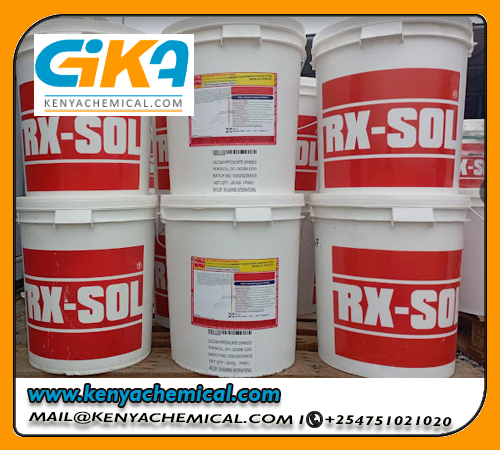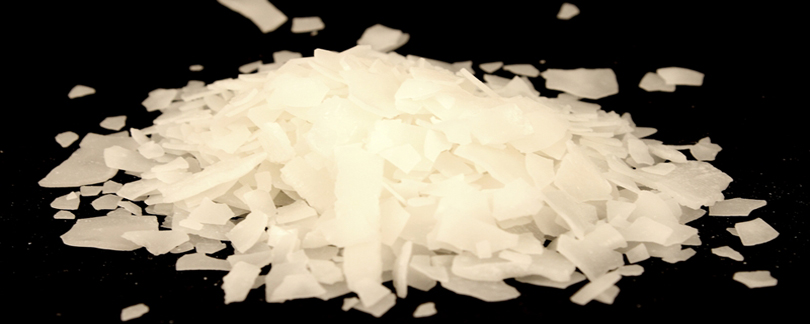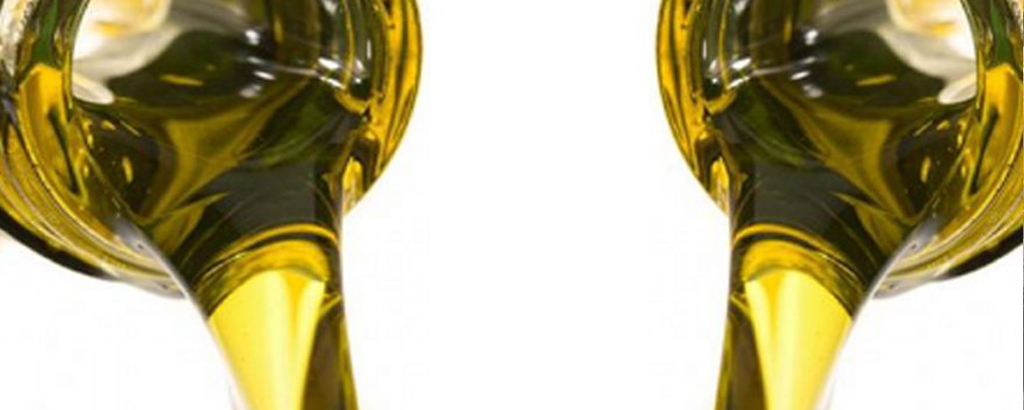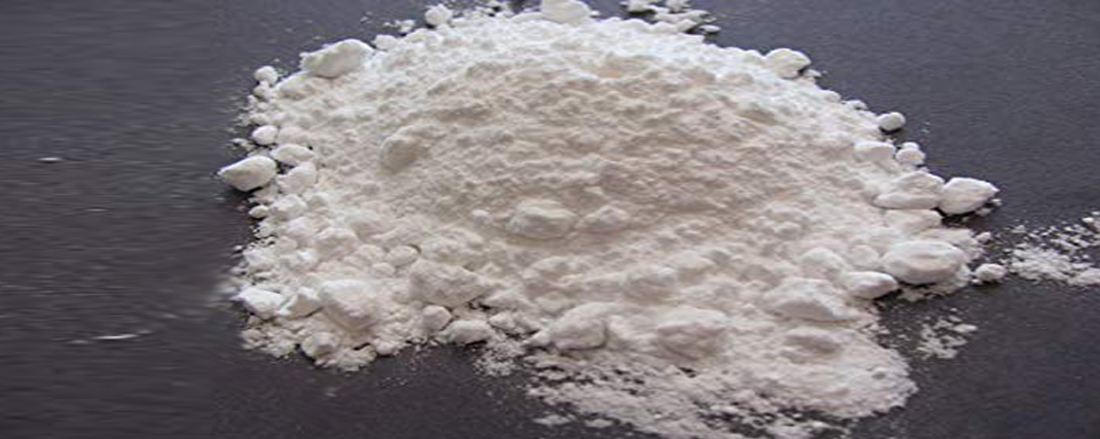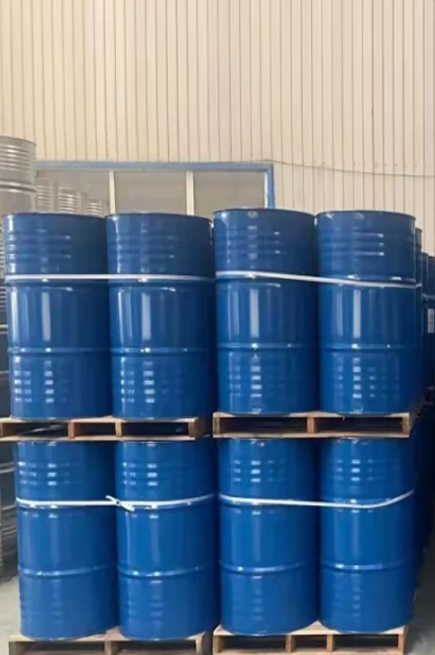Tartaric Acid supplier in Kandla, Mumbai, Surat, Chennai, Visakhapatnam, Kolkata, Varanashi, Fujairah, Ajman, Abudhabi, Dubai, Sharjah, Ruwi Barka Sohar Muscat Oman, Nairobi Kenya, Sudan, Yemen, Canada
Tartaric Acid extracted from plants mainly grapes, Tamarinds. Its physical state is a white crystalline powder.
Molecular Formula of Tartaric Acid : C4H6O6
Molecular Weight ::: 150.09 g/Mol
Tartaric acid, a dicarboxylic acid, widely found in plant.
| TARTARIC ACID | |||
| Test | Results (ESO1781) | ||
|
ASSYA |
3 M.T.
|
||
|
Chloride
|
< 50
|
||
|
Calcium
|
< 200
|
||
|
Specific Rotation @D20°C
|
+12.02
|
||
|
Heavy Metals (ps)
|
< 10
|
||
|
Residue on Ignition
|
0.008 PCT
|
||
|
Loss on Drying
|
0.093 PCT
|
||
|
Sulfate
|
< 100
|
||
|
Oxalate test
|
< 350
|
||
|
Arsenic (AS)
|
< 2
|
||
Tartaric acid is used to generate carbon dioxide through interaction with sodium bicarbonate. Also Tartaric acid used in cleaning of brass, the electrolytic tinning of iron and steel, and the coating of other metals with gold and silver. Tartar emetic is used as an insecticide and a dyeing mordant.
Tartaric Acid solution clean copper coins very well, as the tartrate solution can dissolve the layer of copper oxide present on the surface of the coin. Industrial uses of Tartaric acid : Tartaric acid chelate metal ions such as calcium and magnesium which helps to clean aluminium, copper, iron, and alloys of these metals, respectively. Chelating behaviour of Tartaric acid also helps as complexing micronutrients in soil fertilizer.
| CAS # | EC Number | Hill Formula | Chemical Formula | Molar Mass | Grade Value |
|---|---|---|---|---|---|
| 87-69-4 | 201-766-0 | C₄H₆O₆ | HOOCCH(OH)CH(OH)COOH | 150.09 g/mol | Ph Eur,BP,ChP,JP,NF,E 334 |
Pricing & Availability
| Catalogue Number | Availability | Packaging | Qty/Pack | Price | Quantity | |
|---|---|---|---|---|---|---|
| 1008039029 | Double PE Sack | 25 kg |
|
— |
| Description | |
|---|---|
| Catalogue Number | 100803 |
| Synonyms | 2,3-Dihydroxybutanedioic acid |
| Description | L(+)-Tartaric acid |
| Product Information | |
|---|---|
| CAS number | 87-69-4 |
| EC number | 201-766-0 |
| Grade | Ph Eur,BP,ChP,JP,NF,E 334 |
| Hill Formula | C₄H₆O₆ |
| Chemical formula | HOOCCH(OH)CH(OH)COOH |
| Molar Mass | 150.09 g/mol |
| HS Code | 2918 12 00 |
| Structure formula Image |
|
| Quality Level | MQ500 |
| Safety Information | |
|---|---|
| Categories of danger | irritant |
| Storage and Shipping Information | |
|---|---|
| Storage | Store at +2°C to +30°C. |
| Transport Information | |
|---|---|
| Declaration (railroad and road) ADR, RID | Kein Gefahrgut |
| Declaration (transport by air) IATA-DGR | No Dangerous Good |
| Declaration (transport by sea) IMDG-Code | No Dangerous Good |

